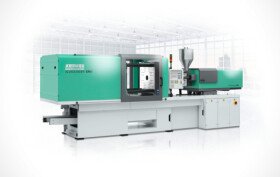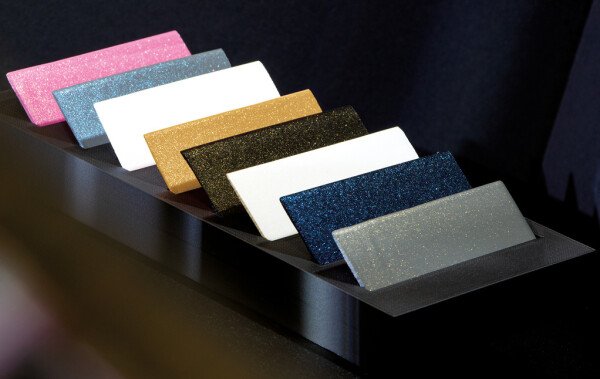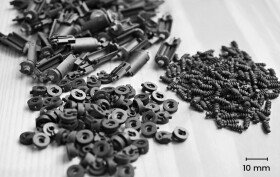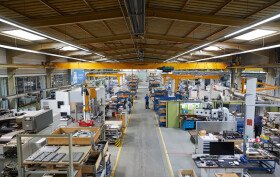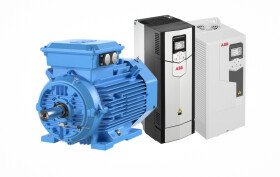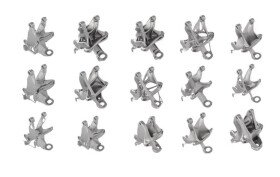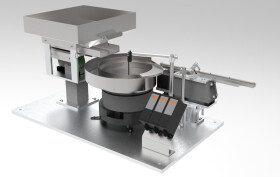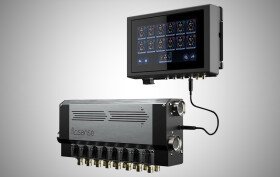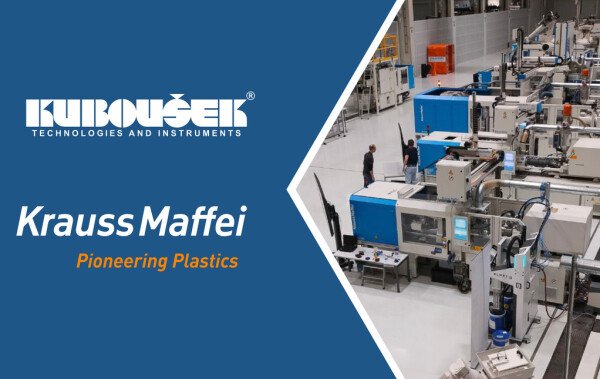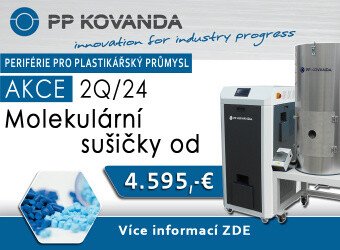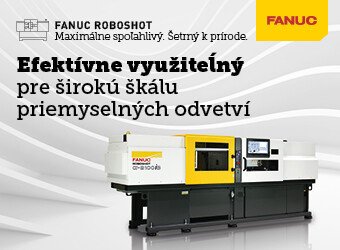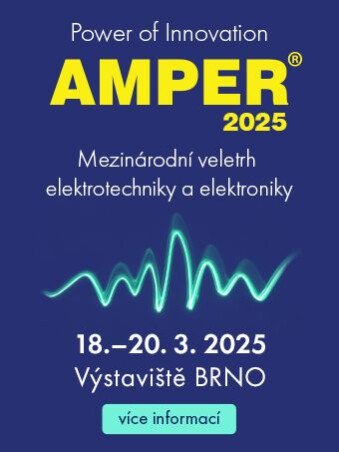Stay cool! Water cooling versus air-cooled drives – what are the differences?
A key feature of air-cooled drives is their simple and therefore cost-effective design. There is no need for an additional water jacket in the housing. In contrast, liquid cooling offers numerous advantages that far outweigh the additional costs for the motors and inverters. One major advantage is rooted in physics: The heat transfer coefficient between water and a solid is 50 to 100 times higher than that of air. This means that water can dissipate a large amount of heat, there by ensuring that the heat is transported evenly. And unlike air, it can be distributed in a targeted manner for an optimum cooling effect. Even longer load phases, which can occur during holding pressure, for example, are perfectly possible with liquid cooling.
Independent of the environment
Temperature differences between individual engine parts and any possible distortion as a result are kept to a minimum, as the heat is dissipated close to the source via a closed cooling system. This also keeps the effect of lubricants constant within the defined range. With liquid cooling, the ambient conditions in production, which can vary hugely, have hardly any influence on the performance and reliability of the drives. Another aspect is that the temperatures of the cooling medium can be precisely monitored – meaning that any unnoticed overheating can be actively prevented. Liquid-cooled drives are therefore characterised by high operational reliability and a long service life.
The temperatures remain virtually constant not only inside the drives, but also on the outer casing. Heat radiation to the environment is noticeably lower, so there is no additional heat input into the injection moulding plant, especially in warm seasons. This means greater energy and cost efficiency when the system is operated in air-conditioned rooms.
This is proven by the energy measurement on an electric ALLROUNDER 570 A: During a 15-second cycle and a 50-percent utilisation of the injection unit, 1.3 kilowatt hours of heat are dissipated via the cooling water. If this heat input had to be offset by air conditioning, this would result in additional electricity costs of around 5,900 euros per year for production with 20 machines.
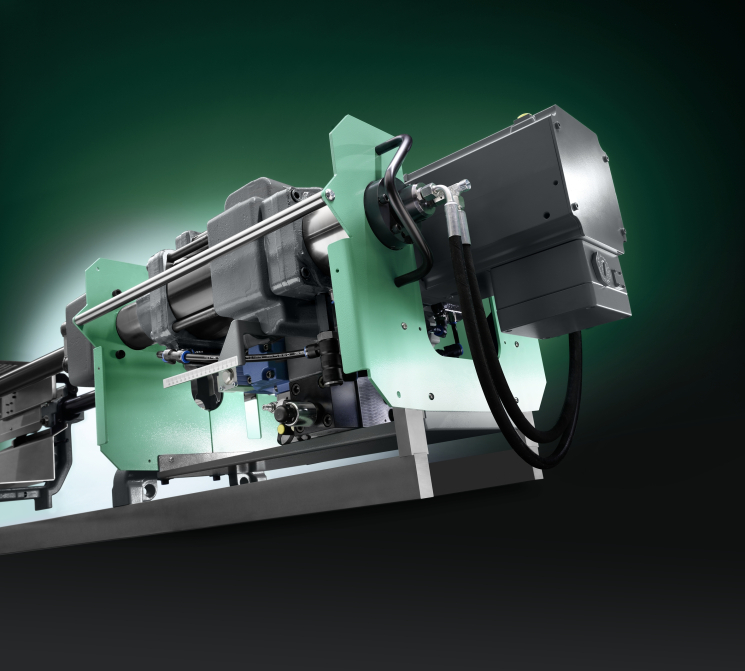 |
|
Efficient – in many ways
In addition, the waste heat trapped in the water can be recovered and used to heat buildings at low temperatures, for example, which contributes to sustainable manufacturing. In this example, more than 156,000 kilowatt hours of heat would be available per year, which corresponds to a saving of around 63 tonnes of carbon emissions.
Compared to air-cooled motors, liquid-cooled ones do not require heavy ribbing or additional fans to increase the cooling effect. This makes the motors less susceptible to dust deposits and means that the surfaces need to be cleaned less frequently. This is particularly interesting in injection moulding systems that work with materials containing dust. In addition to ease of maintenance, air turbulence is avoided, which plays an important role in the production of sensitive plastic parts in a clean production environment. The insulating water jacket and the absence of fans ultimately result in reduced noise develop- ment as well.
Comparing air-cooled or liquid-cooled drives clearly shows that it is worth taking a close and comprehensive look at the often underestimated topic of ”cooling”. The technically superior water cooling concept offers many advantages both in terms of return on investment (ROI) and sustainability. This is why motors and inverters in electric, hybrid and energy-optimised hydraulic ALLROUNDERs are gen- erally water-cooled.
-
ARBURG spol. s.r.o.
Injection molding machines, injection molding machines, two-component injection moulding, accessories for plastics, production automation, additive...
GRAFE: faster testing of effect colors for laminate applications
12.3.2025 GRAFE offers fast effect color testing for laminate applications already in the early development phase. This process saves time, material, and costs in product development for the packaging industry, furniture industry, and consumer goods...






